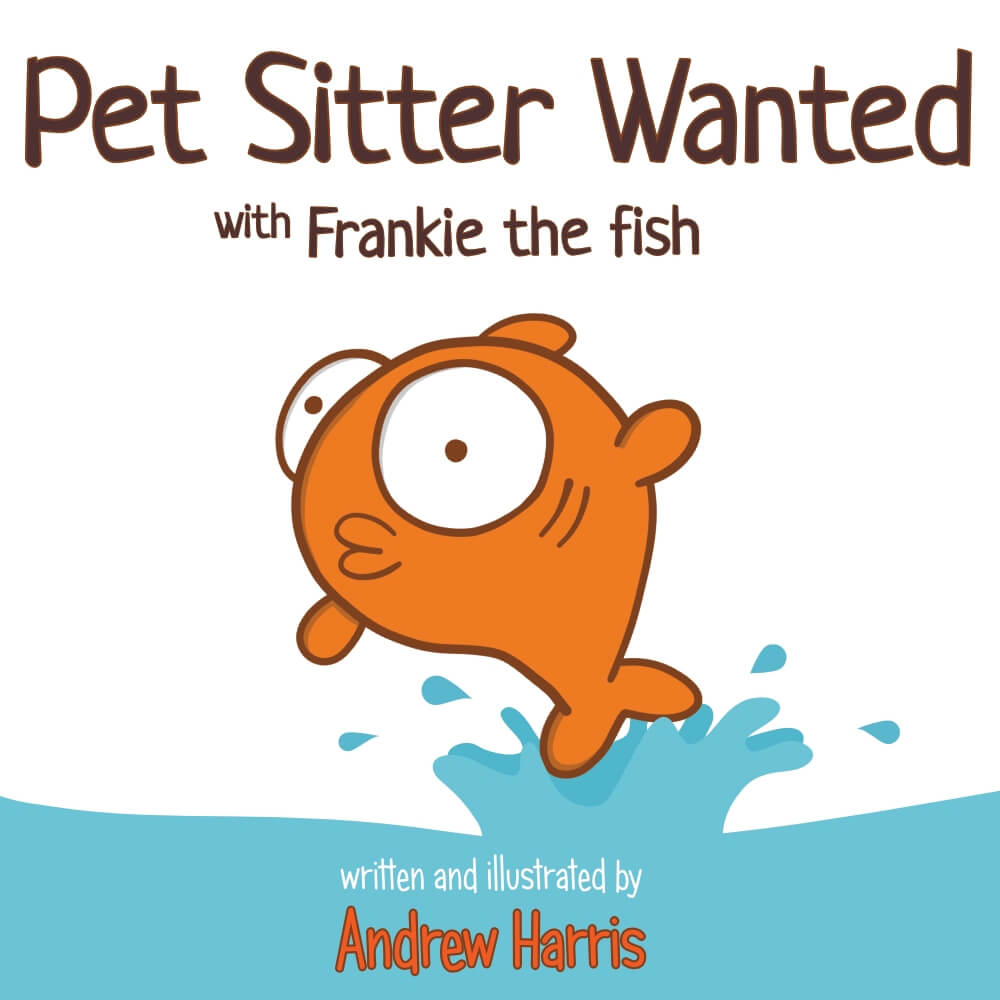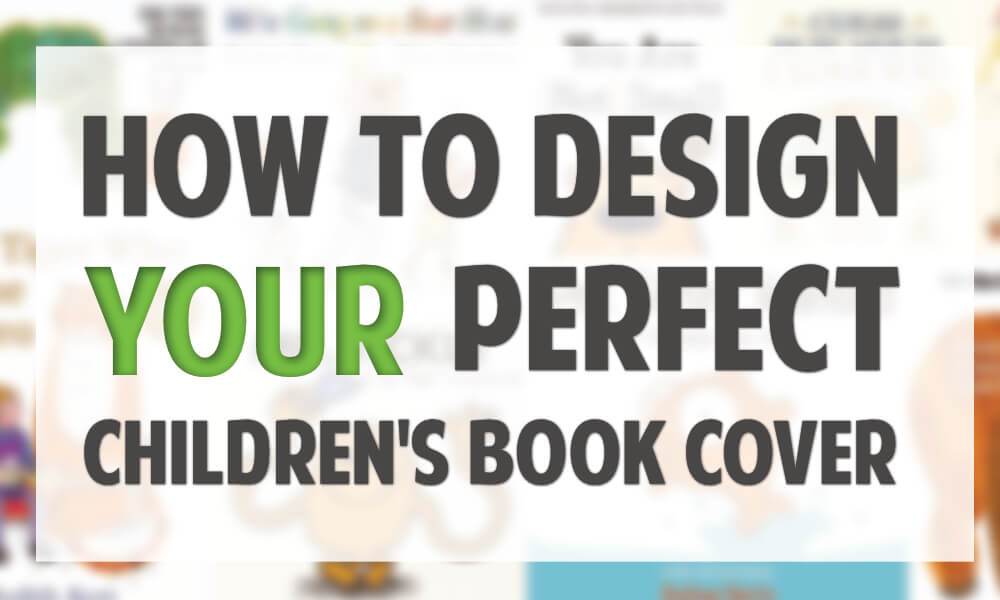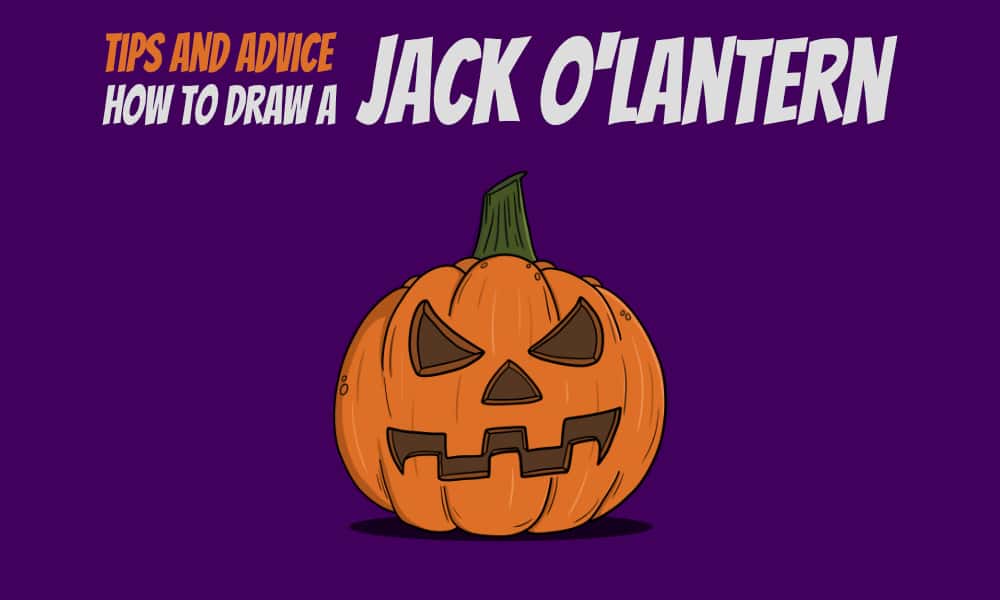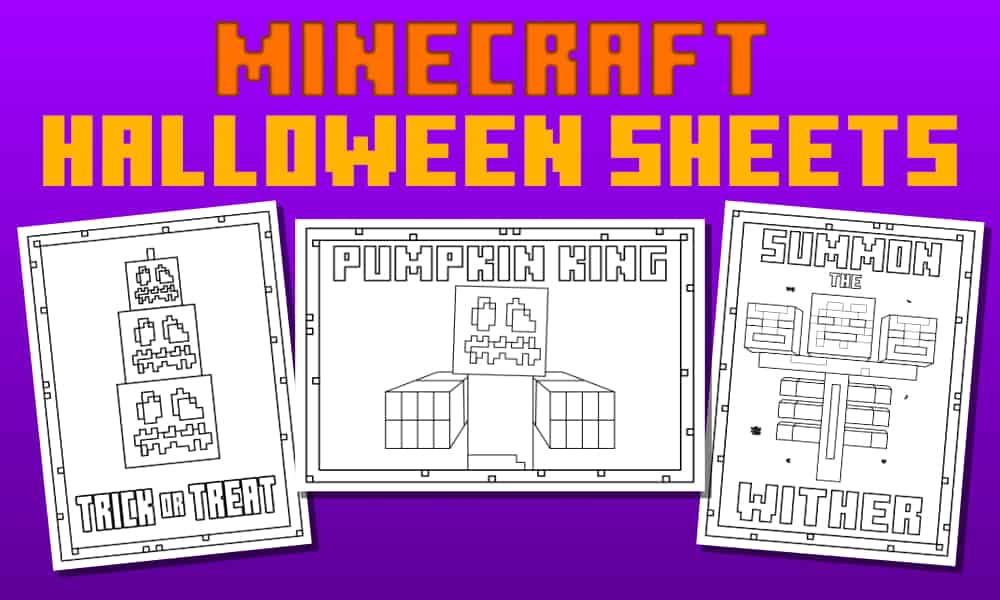How exactly do you get that amazing book idea you have into the hands of people around the world? I will share the process I have gone through many times using one of my own books as an example.
The first question you should ask yourself: Why do I want to create a Picture book?
In my career as a teacher of kindergarten students, I have read hundreds of books, and one of the most precious moments during my working day is seeing the children’s faces light up when I am reading them a storybook. There is something so utterly captivating about picture books that take children on adventures into strange and wonderful worlds. Even during this era of smartphones, tablets, and the internet, books still hold a special place in the hearts of all children around the world.
My real urge to want to create a picture book was after my son was born. I wanted to show him that if you push yourself you can achieve more than you think. I created and self-published my first book when he was 2 years old and have gone on to do several more.
As an artist primarily, my picture books don’t originate from a story I conjured up. My books may come from a simple or funny idea or character that I may have drawn on the back of a receipt that I want to breathe life into. It doesn’t really matter where these ideas come from, if it is a solid idea then push yourself and get it out there. The only thing this is going to cost you is your time.
So let’s move on to the process!
Sketchbook
It is very important to get your first ideas on paper (NOT A TABLET). There is something fundamentally different about drawing on a piece of paper rather than a screen. I have nothing against tablets in fact I own several that I work on regularly, but I do believe that so much more creativity is released when putting ideas on paper.

The sketching phase is all about being rough and experimenting, none of my sketches are beautiful and I never intended them to be either.
For my second book, Pet sitter Wanted, (which I will be focusing on for this guide) the story would be based on a single fish in a small fish tank. Frankie the fish had to be a very strong character as he was going to have all the attention of every page. I sketched out a lot of different ideas for actions, poses, or emotions that I could use for references when doing final illustrations.
For your book, you will need a strong, character or characters that the children will be able to connect with. for younger children (2 or 3 years old) stick with primary shapes and colors.
Developing the characters
The next phase was to sit down at the computer and really refine the character and style of the book. I wanted him to be a very simple design but to also be able to be a character that can show a lot of expressions and emotions. At this stage, I was already planning the book in my head. I chose the computer to work on as it allowed me to try out different styles and colors at a much faster speed compared to other mediums. I also planned to do the final version digitally so it made sense to work on the PC at this earlier stage.

When at this stage it is a good idea to get yourself a nice color palette and decide on a medium you will be using. My main goal for this sheet above was to get the correct colours for Frankie and mock up some key actions or emotions I wanted to include in the book.
Storyboard
Storyboards are an essential part of the book designing process as they allow us to simply and efficiently mock up the entire book before any final illustrations. It allows us to see the flow of the book and to see if any changes are needed before moving on. I created this very simple template to work on that provided me with space for simple drawings and a small number of notes. I would recommend keeping all tiles on the same A4 / A3 page.


Before making my storyboard I knew I had several key moments I wanted to include but was unsure exactly how to fit them all together. Creating the storyboard made things drastically easier as I could create pages and then move them around where needed. It was useful for me to see how much text was on each page or if extra information was needed before a key page.
Transcript
It’s very easy to make mistakes in writing and I am sure that I have made quite a few in this post. When I created my final draft of the book I had about 10 people proofread and add any suggestions. If you know a copyrighter or a book editor then you may need to call in a favor. If you are like me and had very few contacts Id suggest contacting a few different people you can rely on or asking in forums. If you are able to spend a little money to have a professional do it then all the better.
Book design
When designing your book you need to make it as easy and as pleasant of an experience reading as possible. Not only that but you must also design each page in a way to make the viewer look at the information you want them to look at in the order you want them to see it.

The most natural way for our eyes to glance over a picture book is the start in the top left and then follow a ‘Z’ motion along the pages. When designing Pet Sitter Wanted I used this as a guide to place key information. I also used other tricks like the contrast in colours to draw the viewer’s attention.


The Image above allows you to see how contrast can play a big role in drawing attention. When converted to black and white Frankie suddenly pops out from the background. I also left the background white to make the cat’s tail stand out.
When designing your book, try to arrange your illustrations and text in a way to help the flow of your story.
Cover
A quick search on the internet will reveal just how important a book cover will be So I won’t go on about it too much here. You can go to online freelancers and pay a small fortune to have a professional create one for you. Or you could go somewhere like Fiverr and have a much lower-quality cover produced. personally, I chose to do it myself. My first objective was to research, research, research. I scanned Libraries, bookshops, and of course the internet looking for similar books to mine.
I made notes of any features from books I liked and features that I didn’t like. I made notes of the fonts used and colours, placements, spacing, and any other thing I could think of.

If you have made it this far, Thank you and I hope you have some new information to take away with you. I do plan on adding more info to this post in the near future. So check back in a few months.



